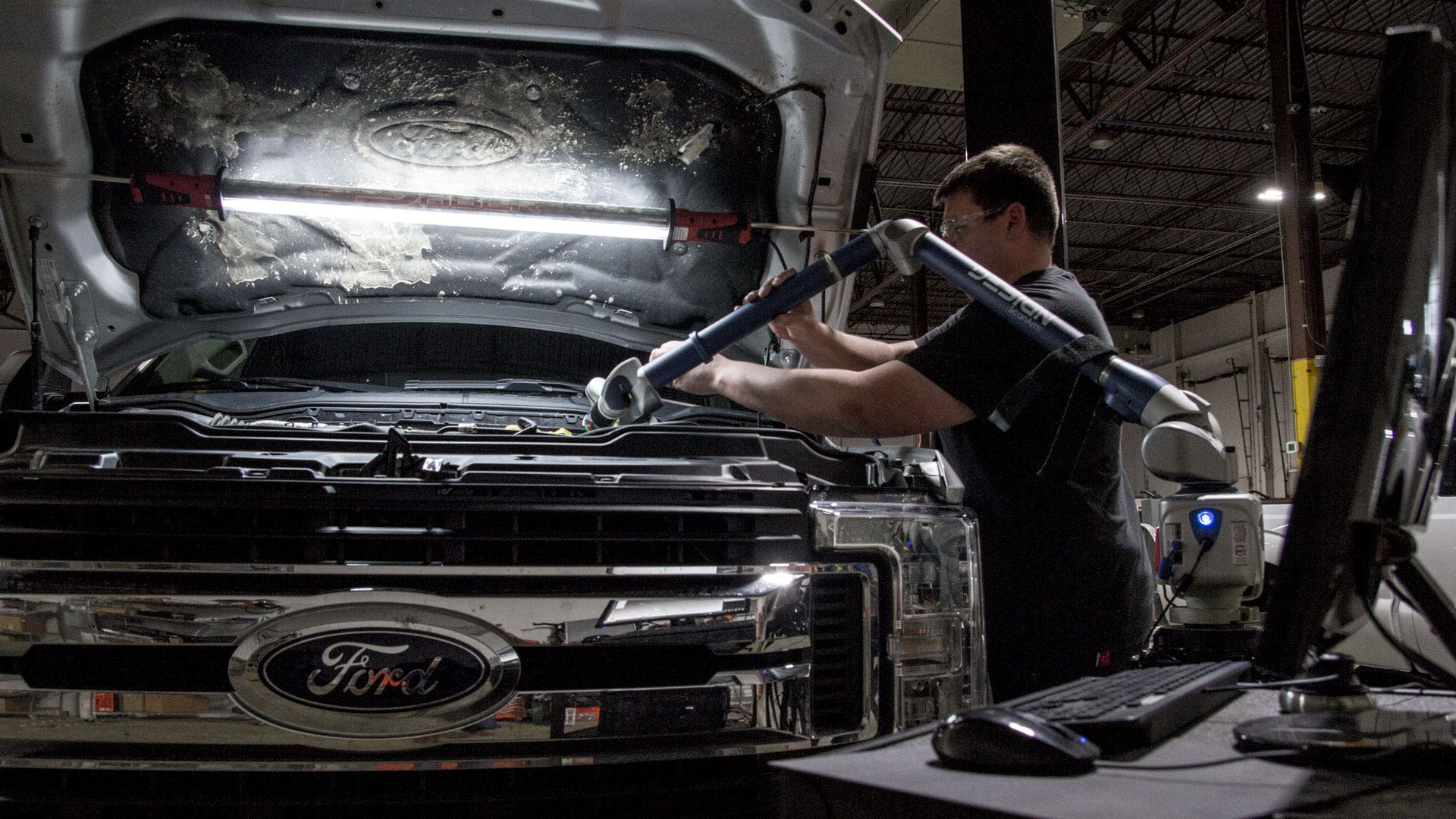
Dirty Work - Oil Catch Can Kit R&D, Part 2: Design
Connecting our catch can to the factory 6.7L CCV system is not be a simple task. In order for our catch can to protect the engine, we need to intercept the blow-by between the CCV filter box and the valve cover. To make matters more difficult, the CCV filter boxes in both the 2011-2016 and 2017+ bolt directly to the engine's valve cover with only a few centimeters between them and the firewall. That means clearance for lines or adapters is extremely tight. Fitting lines within this area in a way that retains the filter box and still flows enough to let the massive 6.7L crankcase breathe requires a clever design and precise measurements.
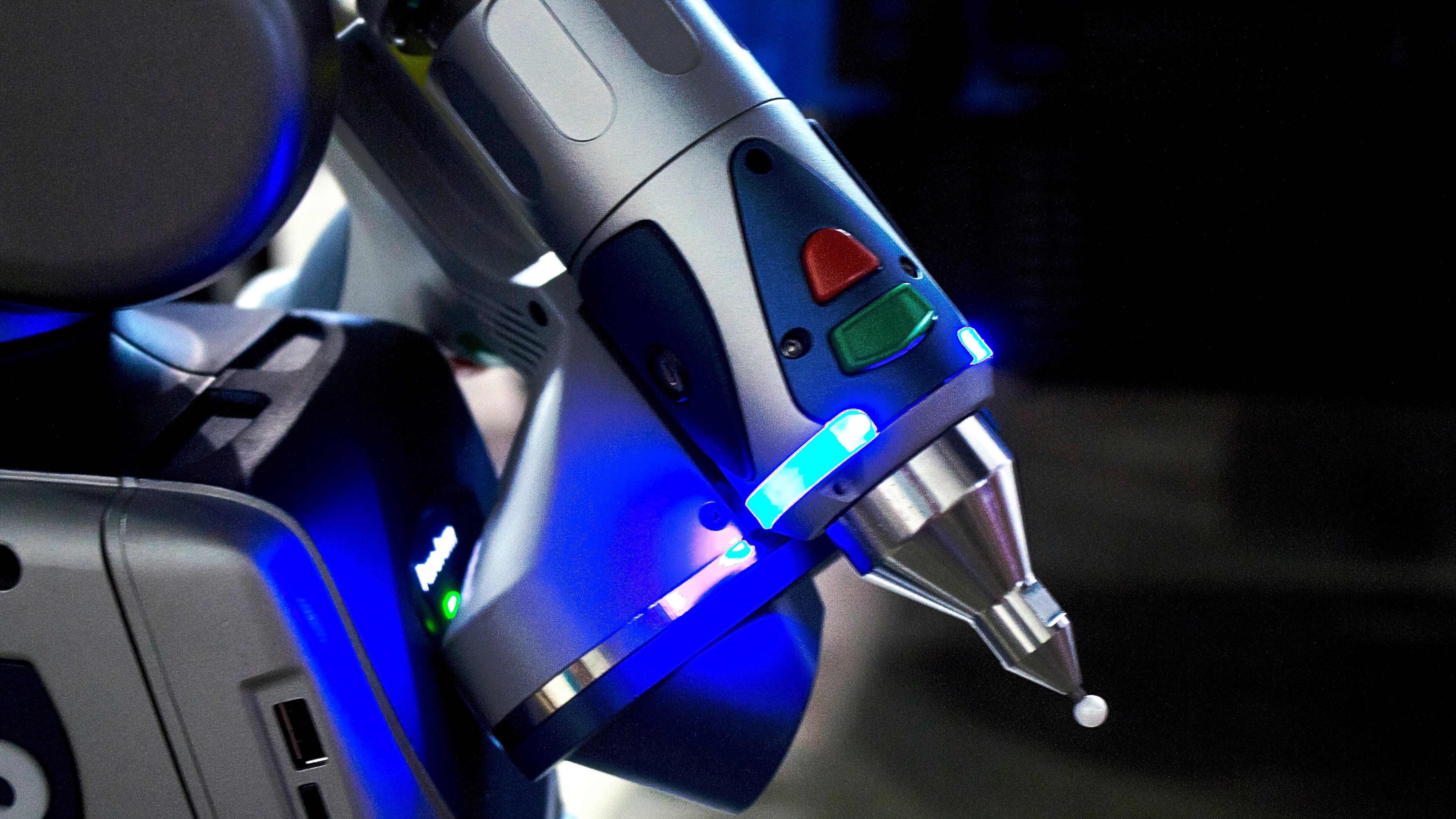
When our measurements need to be accurate down to the millimeter, we break out our 3D laser scanner. The Faro Design ScanArm measures surfaces at 560,000 points per second and is sensitive enough to map the ink on a sticker, making it perfect for designing parts in small spaces. To start our measuring process, we began by mapping the firewall and valve cover area with the CCV filter box on. This scan will be used to check clearances between the filter box and the firewall to tell us how much space we have available.
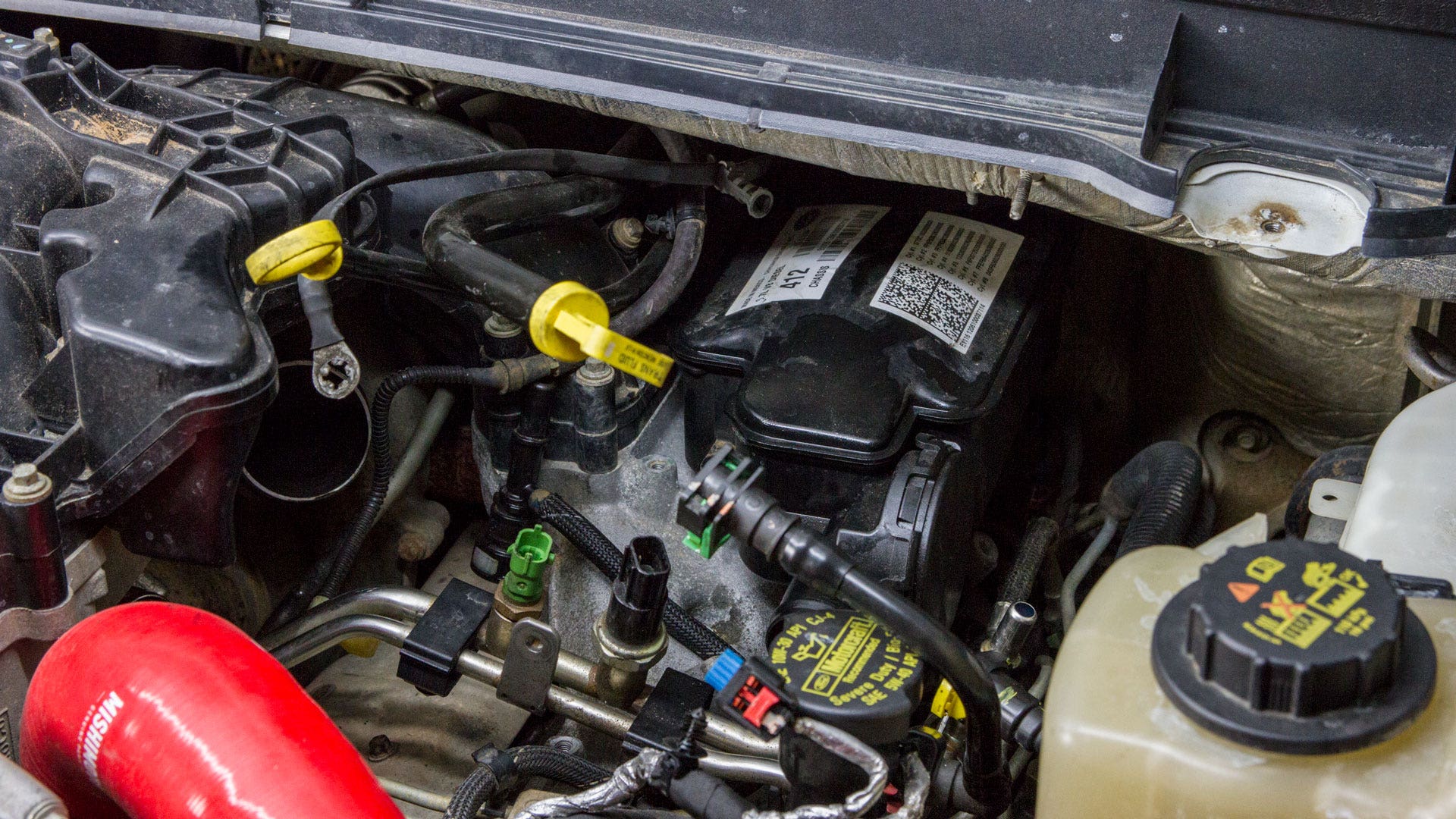
The next two scans focused on how we could intercept the blow-by before it enters the CCV filter box. First, we removed the CCV filter box from each engine and scanned its mounts on the valve cover. When we removed the CCV filter on our 2011 6.7L, we were confronted with a torrent of oil. The pool of oil at the filter box's outlet shows how much oil passes through the filter and could potentially get sucked through the intake or dumped onto your driveway. Dan carefully sopped up the oil and scanned the filter box's inlet and outlet. He also scanned the surrounding lines and features to ensure that our adapters wouldn't interfere with them.
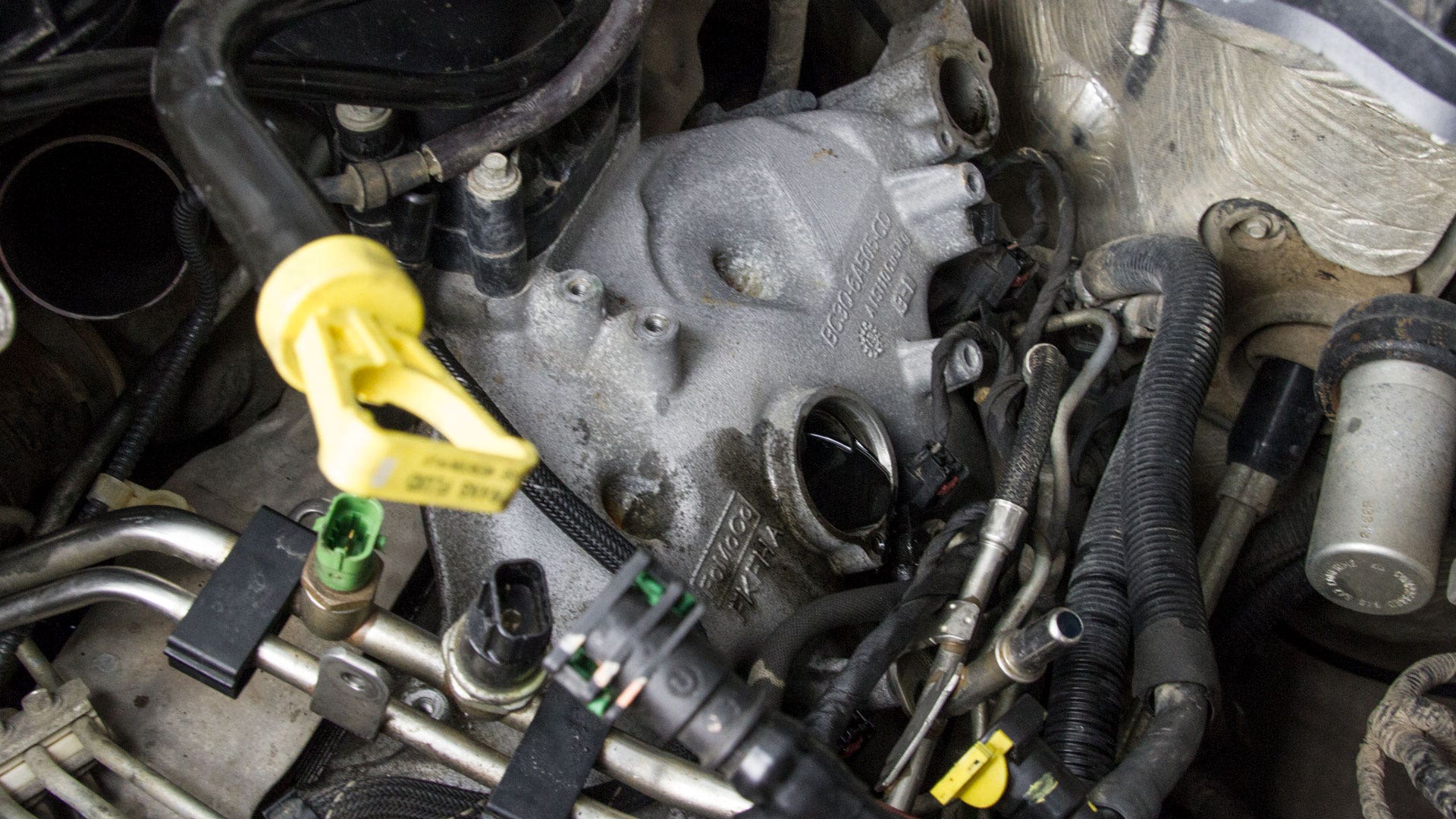
With the engine mapped and measured, Dan could focus on the CCV filter box itself. After letting the oil drain from the filter box, Dan flipped it over and scanned the inlet and outlet. These scans would be our reference faces for the CCV filter box adapters. One side of the adapters will mimic the valve cover and the other side will mimic the filter box. While that may sound simple enough, we also have to think about how we can integrate lines into the inlet adapter and reroute the flow of blow-by into the catch can.
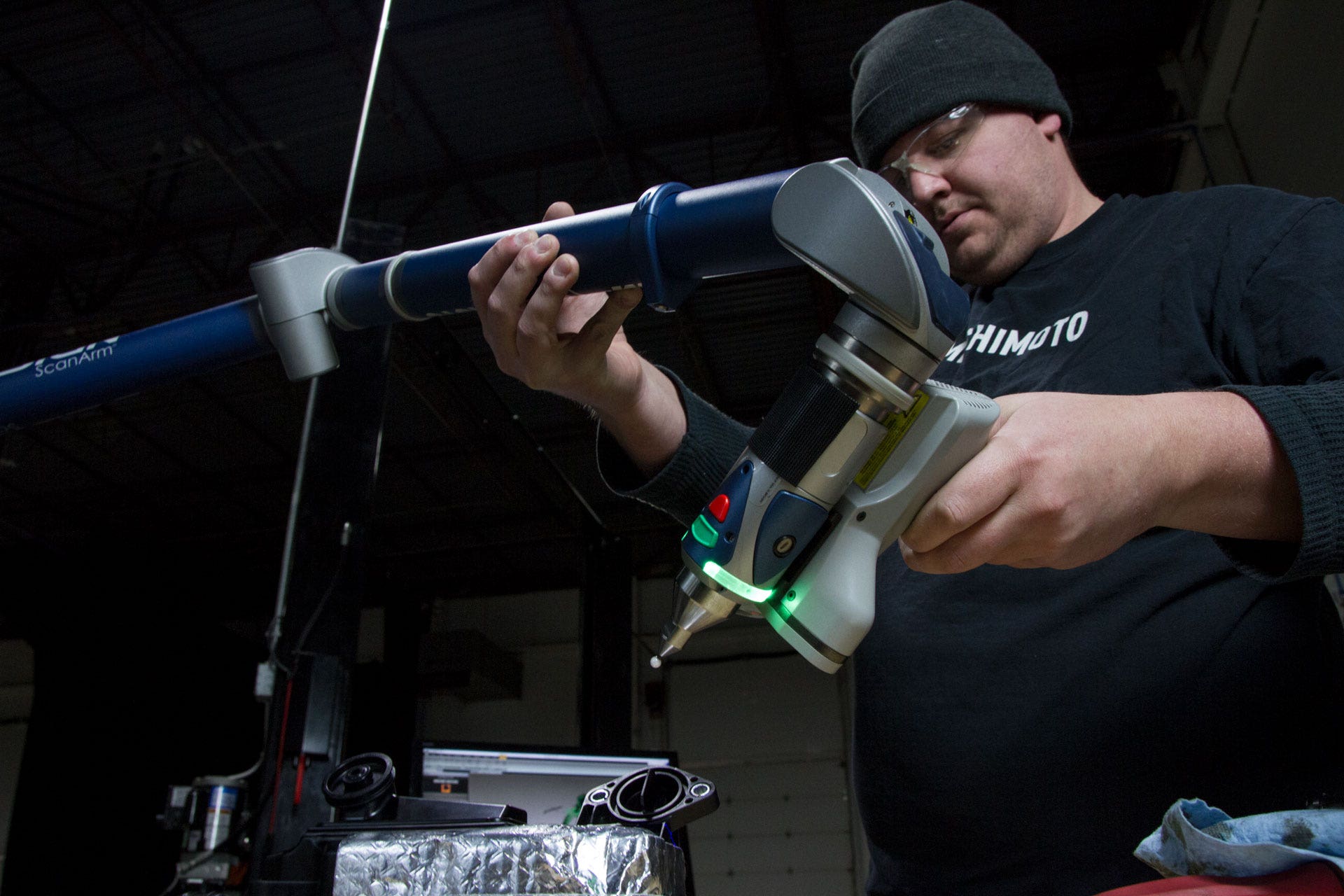
After scanning the bottom of the 2011-2016 filter box, Dan repeated the entire measuring process on our 2017 engine and filter box. With 3D scanning complete, Dan returned to his computer to model and 3D print a set of adapters. The filter box outlet adapter was a simple part to design; its only requirement is to let the filtered crankcase gases return to the valve cover. An O-ring seals the adapter into the valve cover and the filter box simply presses into the adapter with the original O-ring and a longer bolt to secure them both.
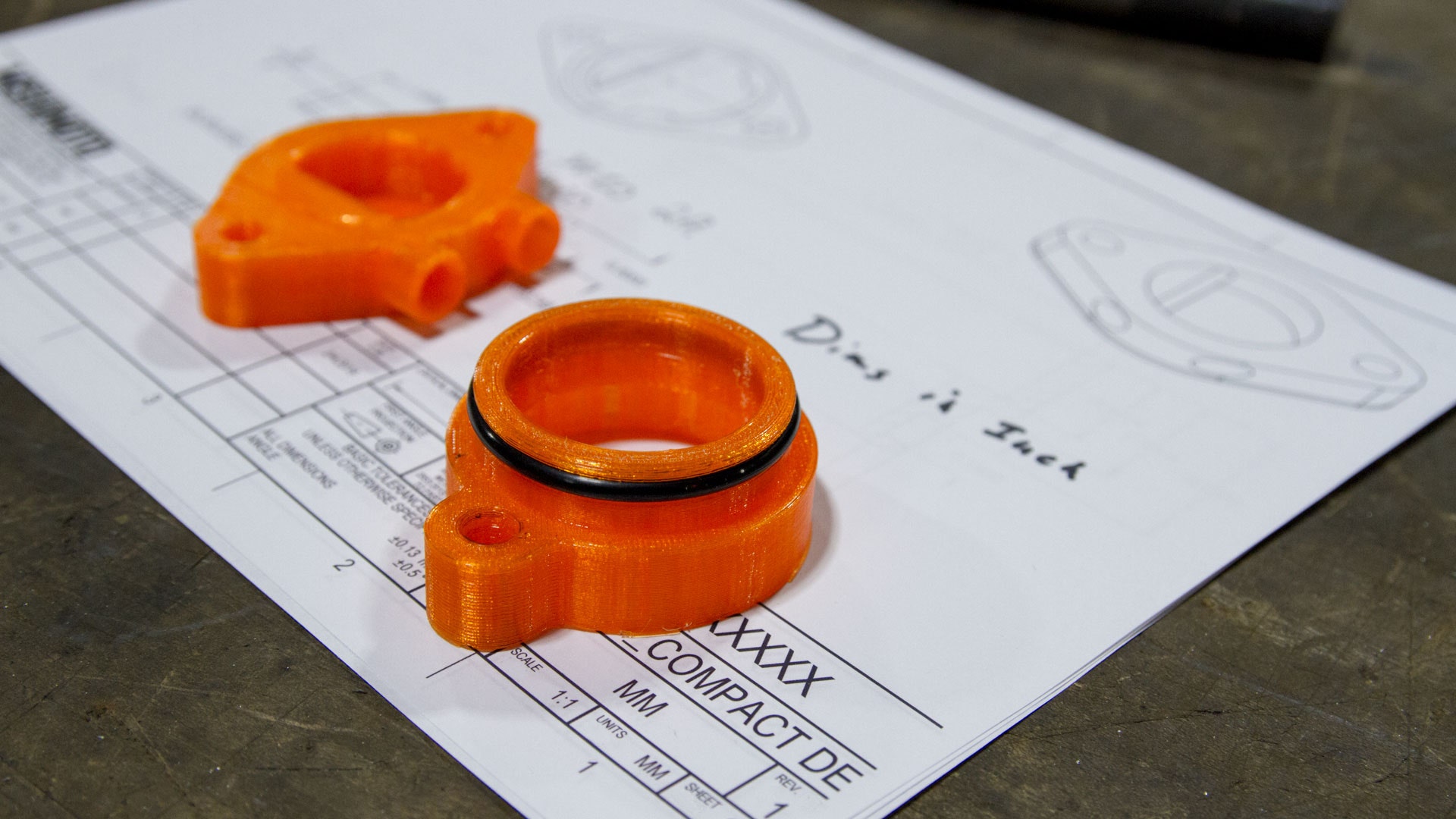
The filter box inlet adapter is another story, however. We needed to accomplish two tasks with the inlet adapter: mimic the filter box mount and divert blow-by from the valve cover to the catch can, without making it impossible to remove and install the filter box. To add to the complications, the adapter needed to accept the catch can lines. Achieving all of this in such a small space requires some very clever engineering. Dan's design split the adapter into two separate chambers.
The lower chamber collects the blow-by from the valve cover and diverts it to the catch can. After the blow-by passes through the catch can, it is then returned to the upper chamber of the adapter and into the filter box. Each chamber is sealed from the other, guaranteeing that the blow-by never goes unfiltered by the catch can. To carry the blow-by to the catch can, the adapter will incorporate hard lines that extend away from the filter box for easier access. Soft lines will then connect the adapter to the catch can.
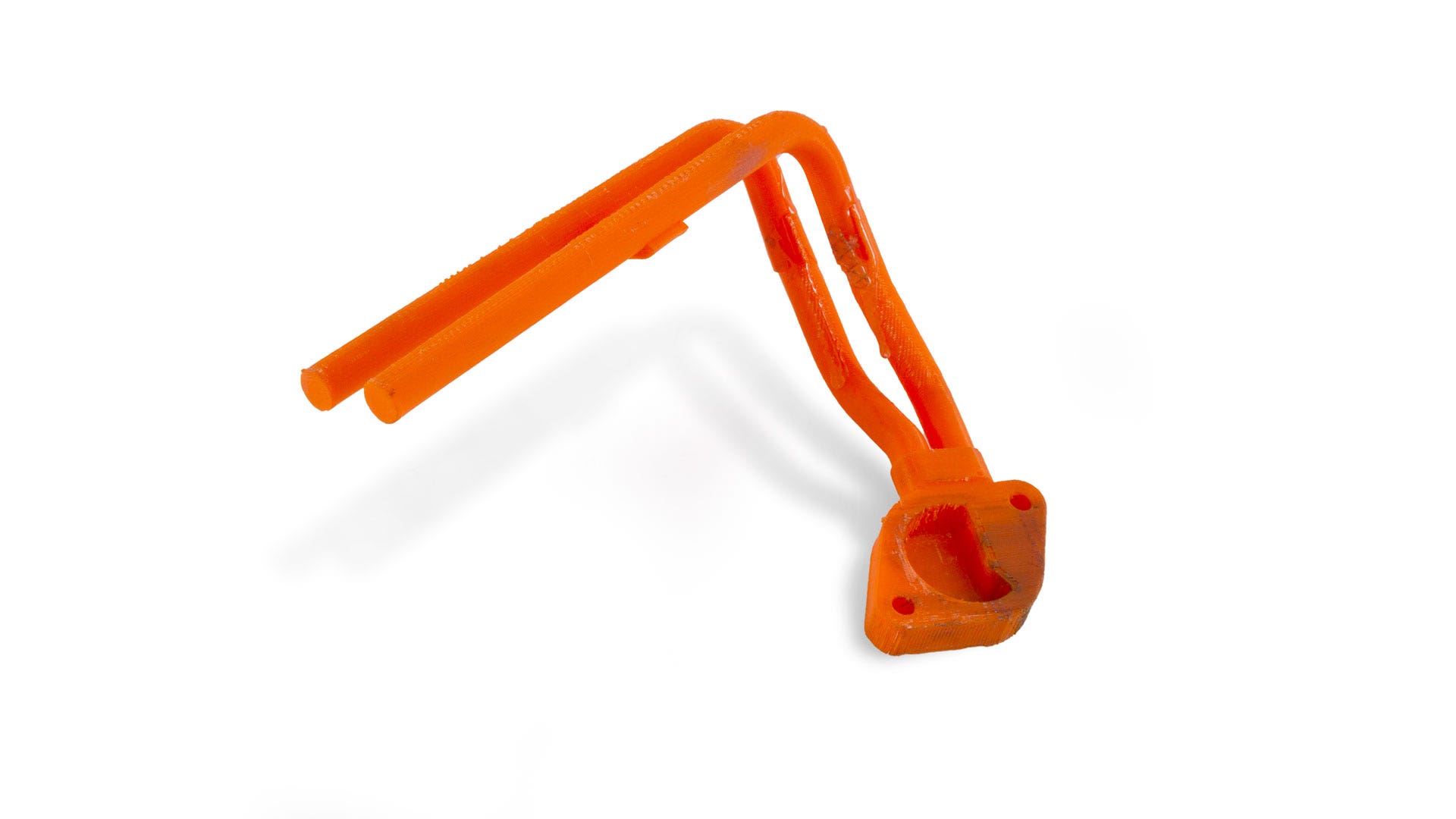
With the 3D printed adapters complete, we can move on to mounting the can. In the next post, we'll fabricate a bracket and lines, test fit our adapters, and begin the real dirty work: testing. We'll also be kicking off the pre-sale for both the 2011-2016 and the 2017+ kits. So, if you're interested in protecting your 6.7L from blow-by and letting the dirty work happen outside of your engine's intake, keep an eye out for the next update.




